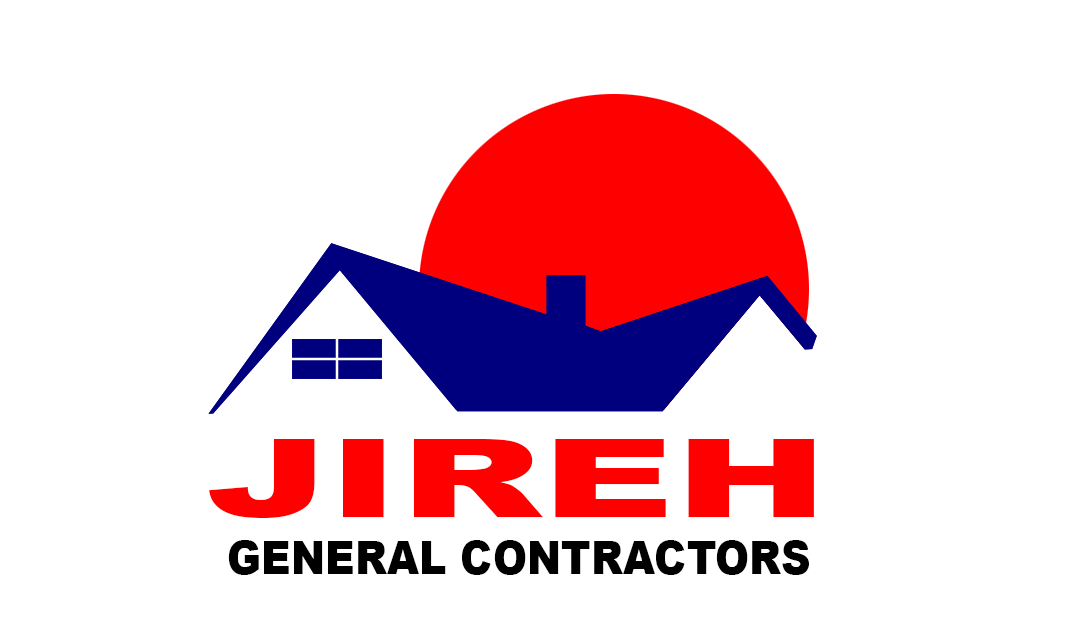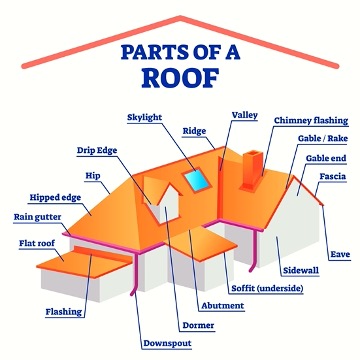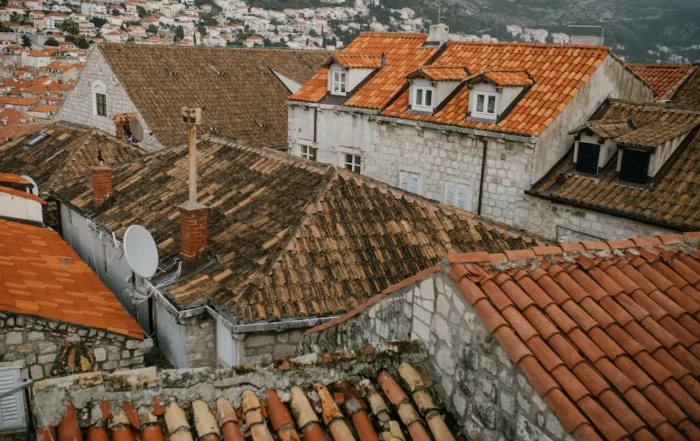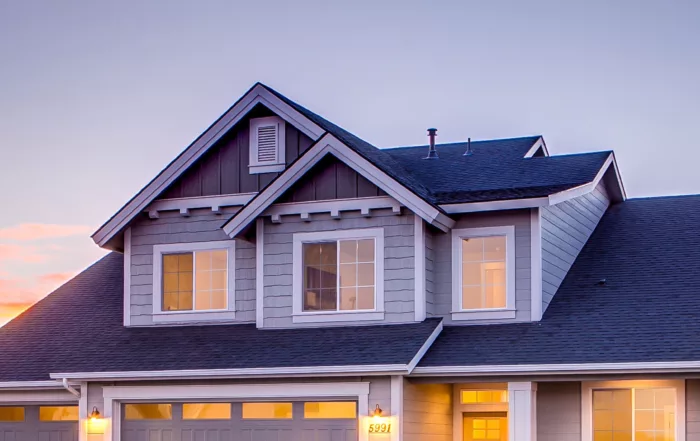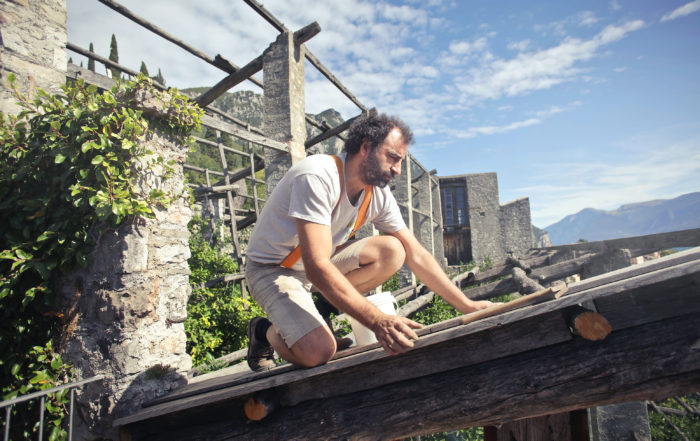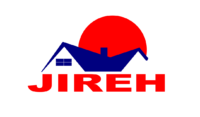Anatomy of a Roof (2024 Update)
We casually look at the roofs of homes on a daily basis, but don’t really pay attention to the details apart from knowing it logically belongs on the top of the house. It is easy to overlook what goes into putting a roof on a new home. Your roof is the crown of your home. Its purpose is to keep the inside of your home free of anything that might want to make its way inside such as water, dirt and debris. But what exactly goes into all those parts?
Roof edge (Fascia): All the boards running along the edge of the roof or eaves.
Ridge: The horizontal line at the top of the roof.
Valley: The “V-cut” angle along the junction of two slopes of a roof.
Flashing (joint covers): Flashing can be flexible or rigid and is made of galvanized steel, aluminum or plastic. It is a type of resistant moldings that prevents water flowing near roof openings from infiltrating the roof.
Flat Roof: The slope of a roof is properly known as its pitch and flat roofs have up to approximately 10°.
Underlay membrane: This coating, made of felt saturated with asphalt or a synthetic fabric, protects the shingles against resin released by the wood decking, and protects the decking itself against bad weather.
Eave: This protective membrane goes under some or all of the asphalt shingles to prevent water infiltration.
Drip Edge/Gutters: Molding that covers the edge of the roof and reduces the risk of water infiltration.
Hip/Hip Edge: Where all sides slope downwards to the walls, usually with a fairly gentle slope.
Skylight: Sometimes referred as a “roof light,” it is a light-transmitting structure that forms all or part of the roof space of a building for daylighting purposes.
Dormer: A vertical window that projects from a sloping roof and usually illuminates a bedroom.
Soffit: The material between the roof’s eaves where the fascia and gutters are placed to the wall.
Abutment: Designed to prevent rainwater from penetrating between the wall and the roof covering.
As we can see, there are many parts to a roof, but we are here to simplify the process for you. It is important to look for a company that is licensed and insured and knows what they are doing. Our licensed experts here at Jireh General Contractors LLC are ready to answer any questions you have about your roof repair or replacement. We offer several payment options to help you get the roof of your dreams. Contact us today!
Anatomy of a Roof (2024 Update)
We casually look at the roofs of homes on a daily basis, but don’t really pay attention to the details apart from knowing it logically belongs on the top of the house. It is easy to overlook what goes into putting a roof on a new home. Your roof is the crown of your home. Its purpose is to keep the inside of your home free of anything that might want to make its way inside such as water, dirt and debris. But what exactly goes into all those parts?
Roof edge (Fascia): All the boards running along the edge of the roof or eaves.
Ridge: The horizontal line at the top of the roof.
Valley: The “V-cut” angle along the junction of two slopes of a roof.
Flashing (joint covers): Flashing can be flexible or rigid and is made of galvanized steel, aluminum or plastic. It is a type of resistant moldings that prevents water flowing near roof openings from infiltrating the roof.
Flat Roof: The slope of a roof is properly known as its pitch and flat roofs have up to approximately 10°.
Underlay membrane: This coating, made of felt saturated with asphalt or a synthetic fabric, protects the shingles against resin released by the wood decking, and protects the decking itself against bad weather.
Eave: This protective membrane goes under some or all of the asphalt shingles to prevent water infiltration.
Drip Edge/Gutters: Molding that covers the edge of the roof and reduces the risk of water infiltration.
Hip/Hip Edge: Where all sides slope downwards to the walls, usually with a fairly gentle slope.
Skylight: Sometimes referred as a “roof light,” it is a light-transmitting structure that forms all or part of the roof space of a building for daylighting purposes.
Dormer: A vertical window that projects from a sloping roof and usually illuminates a bedroom.
Soffit: The material between the roof’s eaves where the fascia and gutters are placed to the wall.
Abutment: Designed to prevent rainwater from penetrating between the wall and the roof covering.
As we can see, there are many parts to a roof, but we are here to simplify the process for you. It is important to look for a company that is licensed and insured and knows what they are doing. Our licensed experts here at Jireh General Contractors LLC are ready to answer any questions you have about your roof repair or replacement. We offer several payment options to help you get the roof of your dreams. Contact us today!
